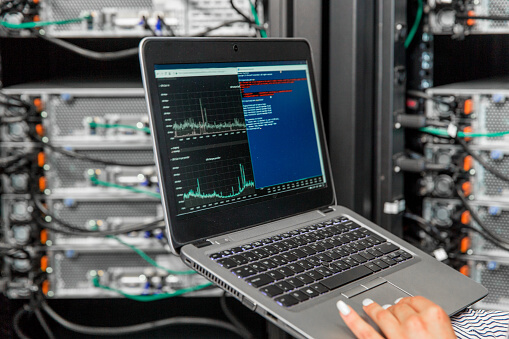What are the four types of network services?

Network services have a huge impact on every business. Businesses and technologies are constantly evolving, and the impact of network services increases directly proportional to it. Network services have become the heart of daily businesses and people’s lives.
It involves a network of computers, tools, and applications connected to a network system. They are managed by a central system or a central server, which connects all the computers in that network. With the help of centralized access, shared files and utilities are easily accessible.
Cloud connectivity and virtual networking are great examples of network services where network services security is also taken care of. Accessing private data and services is also an example of network services.
The OSI model (Open Systems Interconnection) has protocols running in the application layer of the system. Other examples are DNS (Domain Name System), VoIP (Voice over Internet Protocol), etc.
The specialization of network services can vary between functional and behavioral services. The network infrastructure and its composition consist of various individual network functions that work with other networks that, result in an end-to-end network service.
Also Read: How To Fix Wi-Fi Network Issues?
4 Types of Network Services
The efficiency is enhanced multiple times with the use of network services. Below are the 4 major kinds of Network services that are beneficial for major companies that rely on network services:
1. Directory services
Let’s consider an employee who has newly joined a firm. For him to do his work, we need an ID, authorization to access files and applications, and authentication. Here, the software system is used to retrieve services by mapping their names to values. The variables are either fixed or variable, and accessing, organizing, and retrieving are done.
- Accounting, storing, mapping the correct password to the respective user names, and accessing them are all done here.
- Authentication and authorization whenever the login is initiated are taken care of. Access to applications based on the hierarchy of administration is possible.
- Domain name services (DNS), which map the IP address to the name for websites, make it easier for humans, and it’s fine in the back end.
2. Communication services
- The email system is inevitable these days, and one or more email services are involved here. In the vast majority of companies, there is a company-specific email ID with certain restrictions. The IT manager or a superior decides the file size, the type of data that can be shared, and the storage capacity. Providing unique email IDs is one of the necessities through these services
- Instant texting, connecting with friends anytime and anywhere, sharing pictures, videos, and video calling are all possible with internet chat services
- Remote access: WFH using Remote Desktop is a perfect example. Mobile phones and computers have made it evident.
3. Application services
The most important network services, such as databases, web services, and shared data, are part of the application services.
- Database: Here, data is stored and sorted systematically. The database data is retrieved whenever required based on statistics.
- Web services and sharing: The World Wide Web has helped in sharing information all over the globe. Devices like printers, storage media, and servers make sharing much easier.
4. File services
- File sharing helps users to share their work with peer users or the intended users based on the work using file servers.
File transfer helps users copy and paste their files to other computers using networks.






